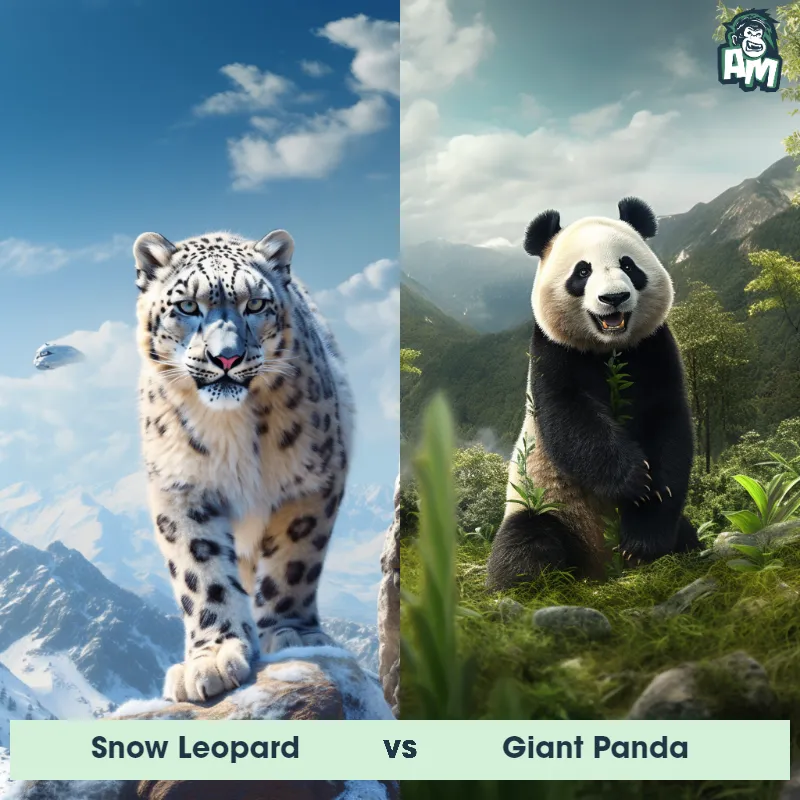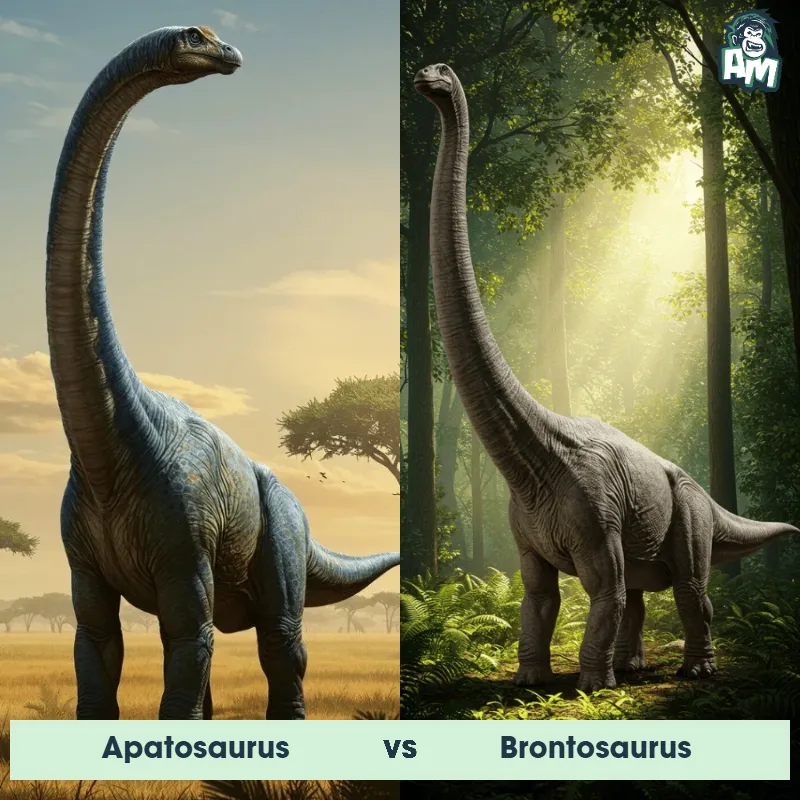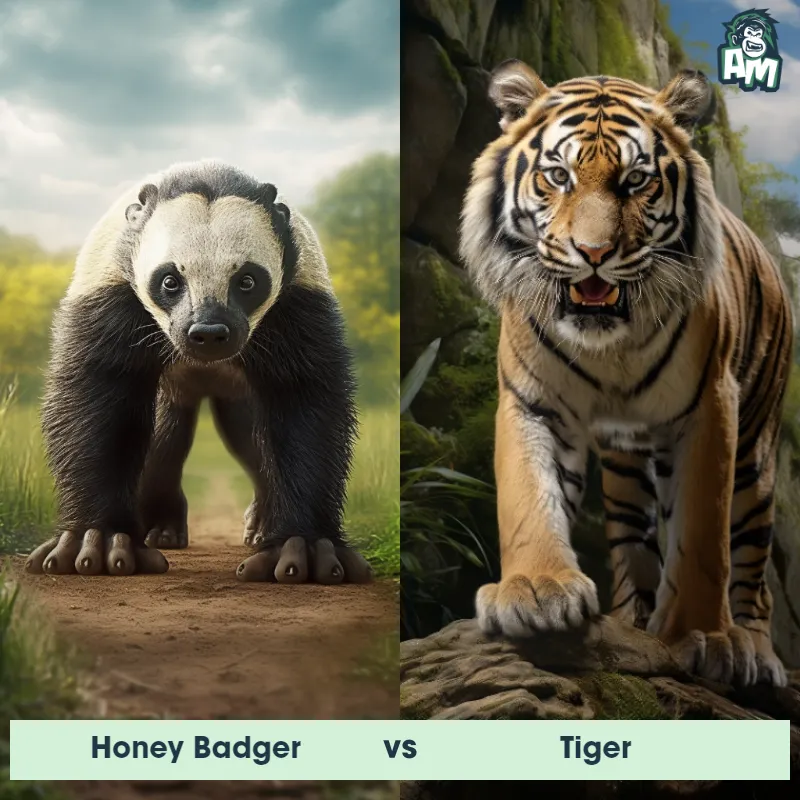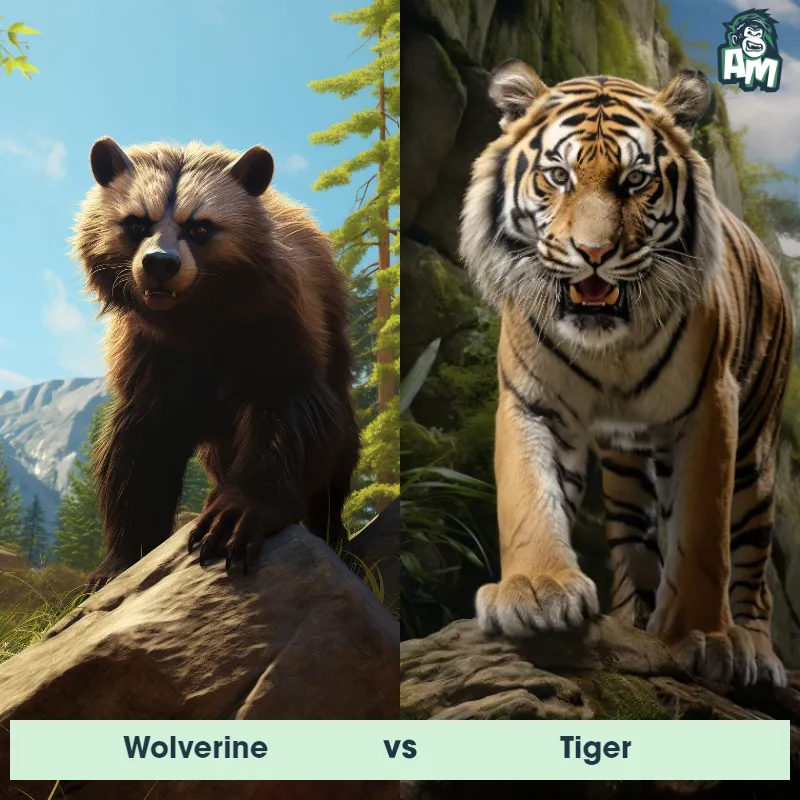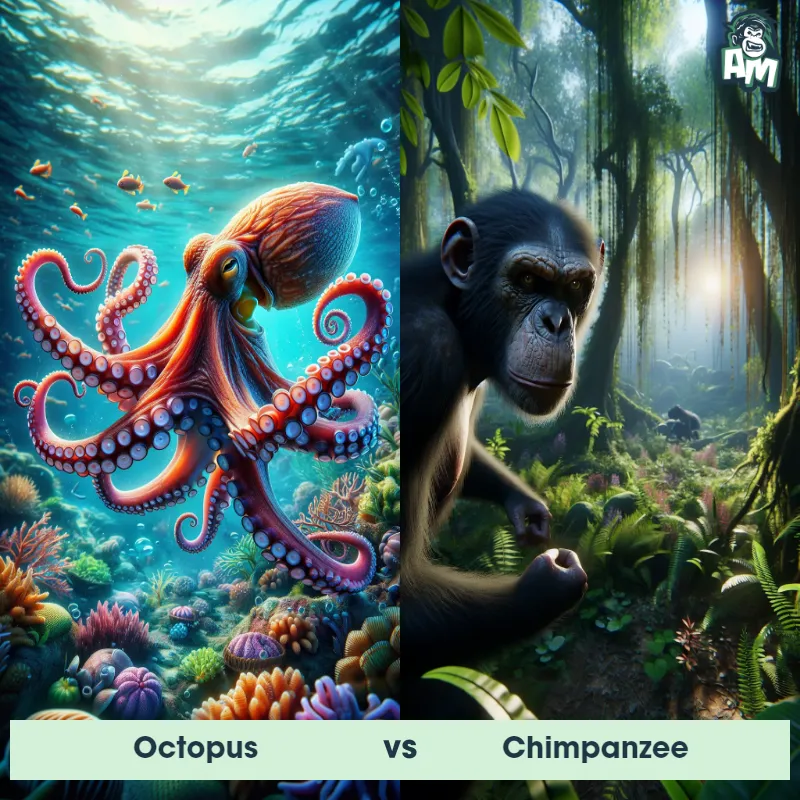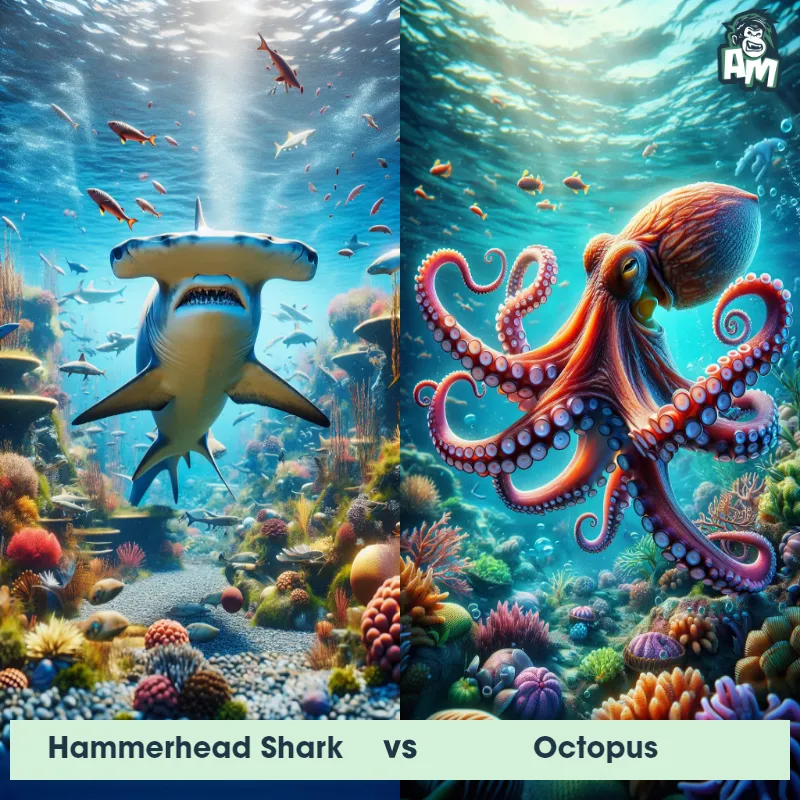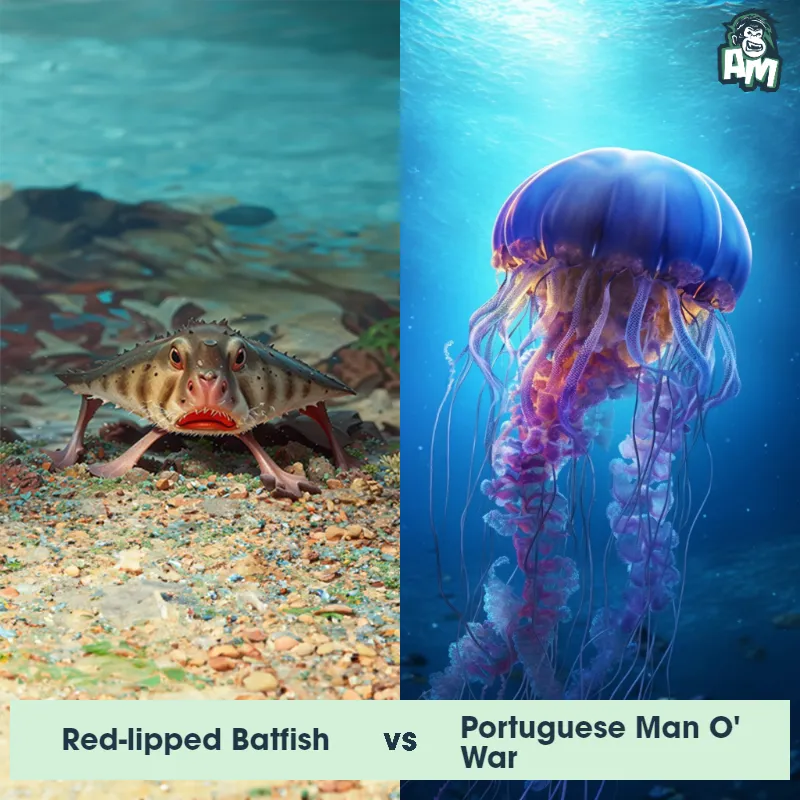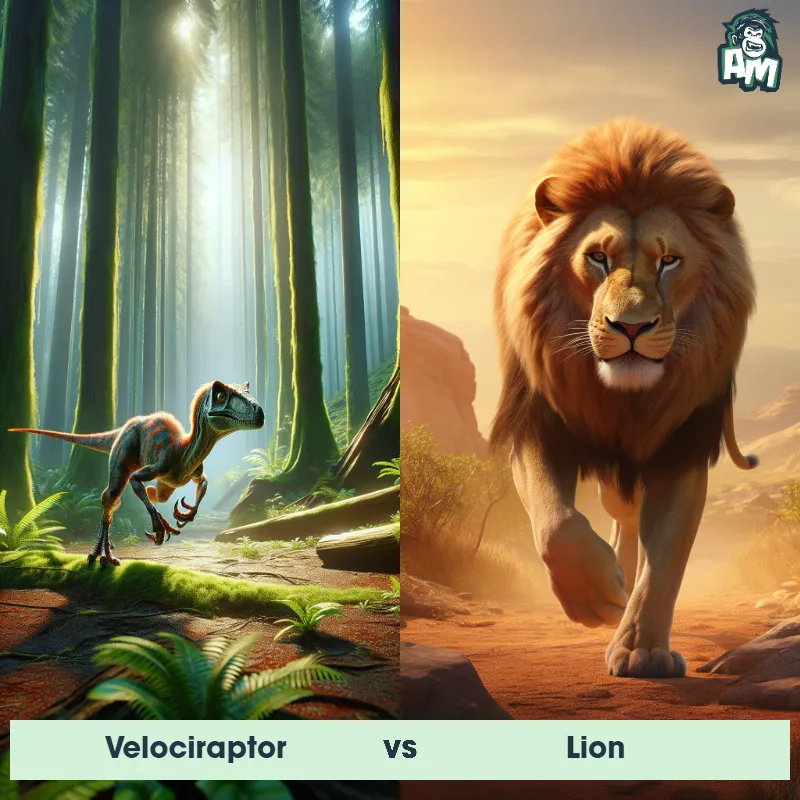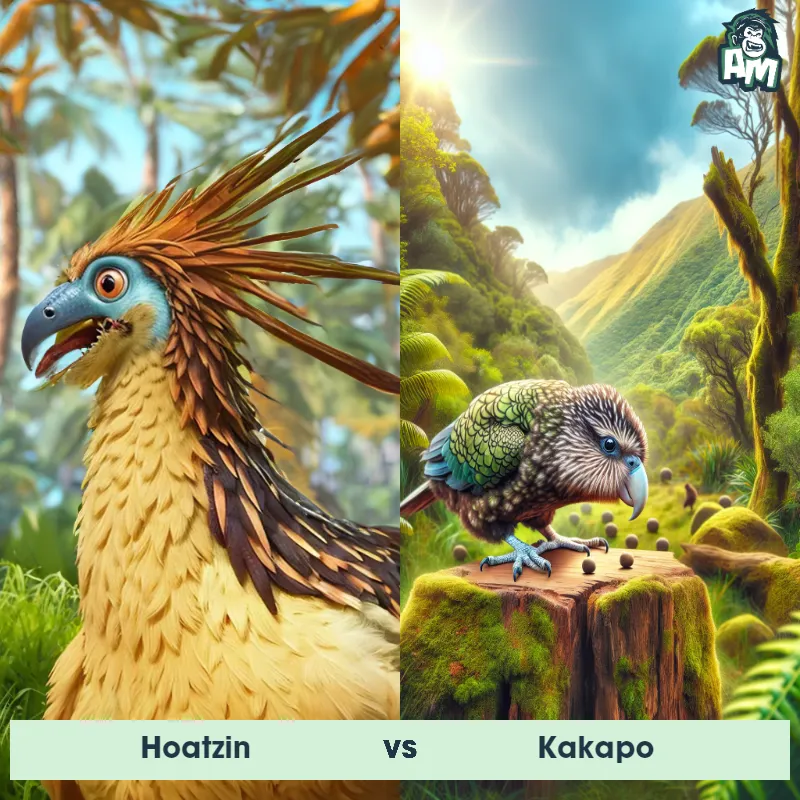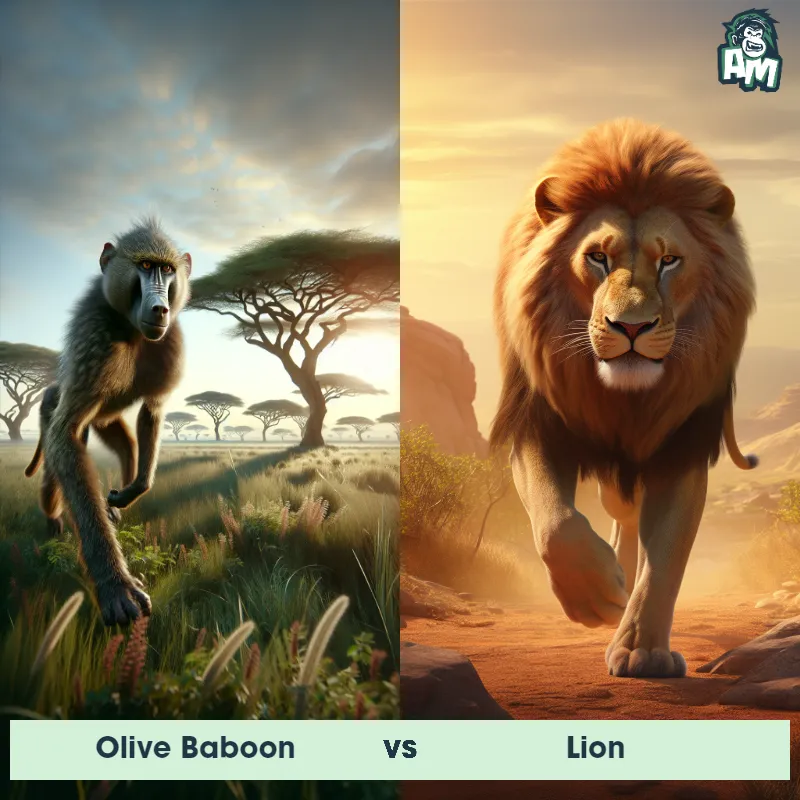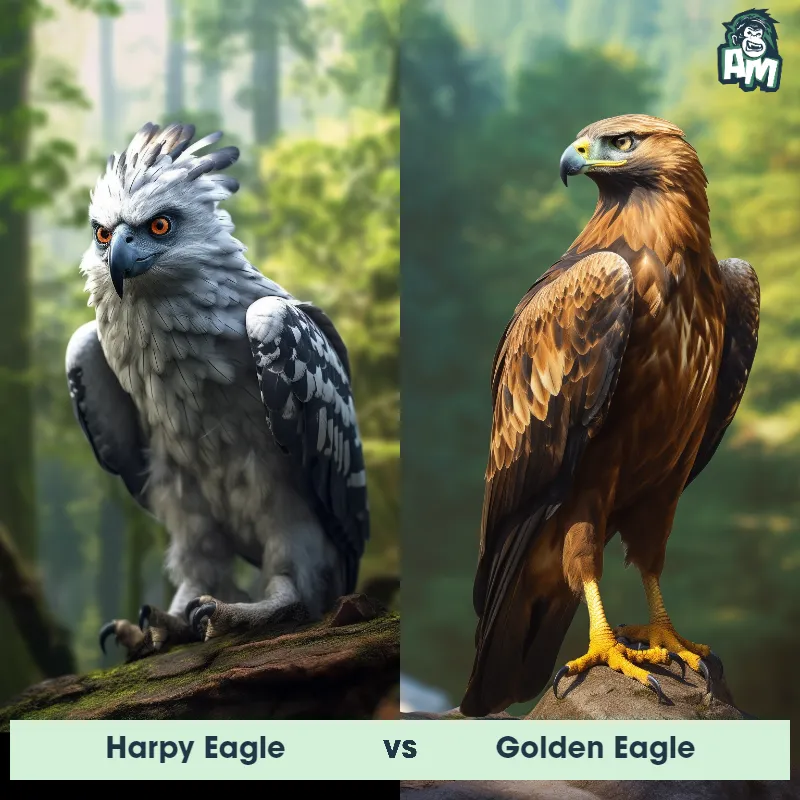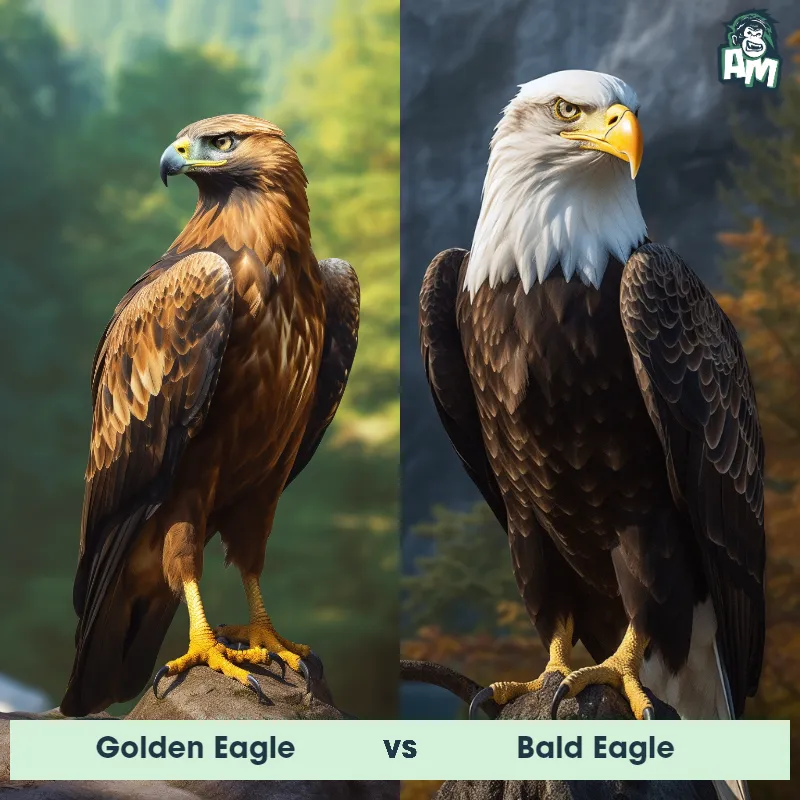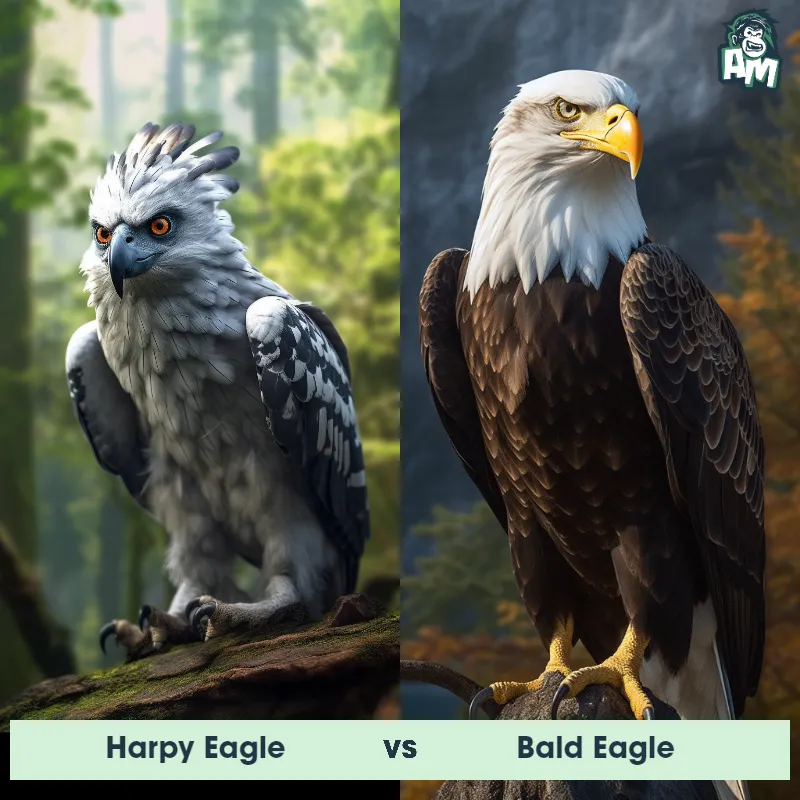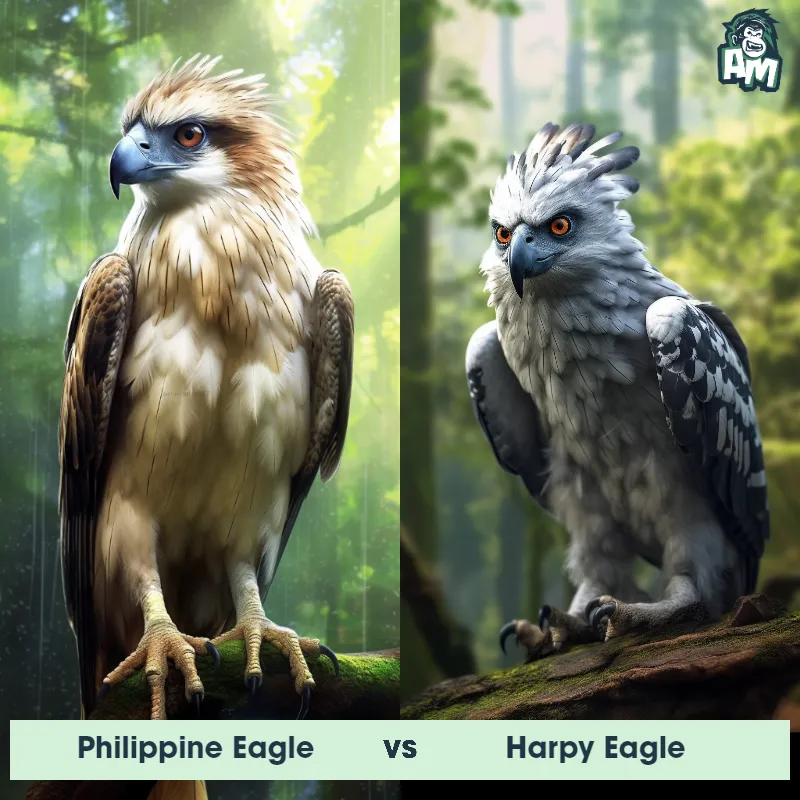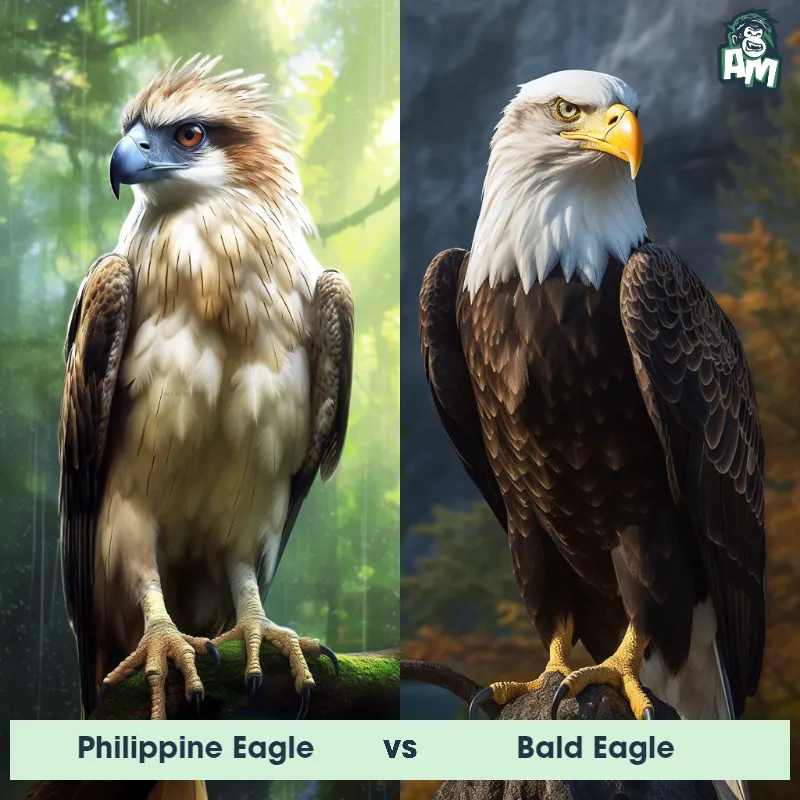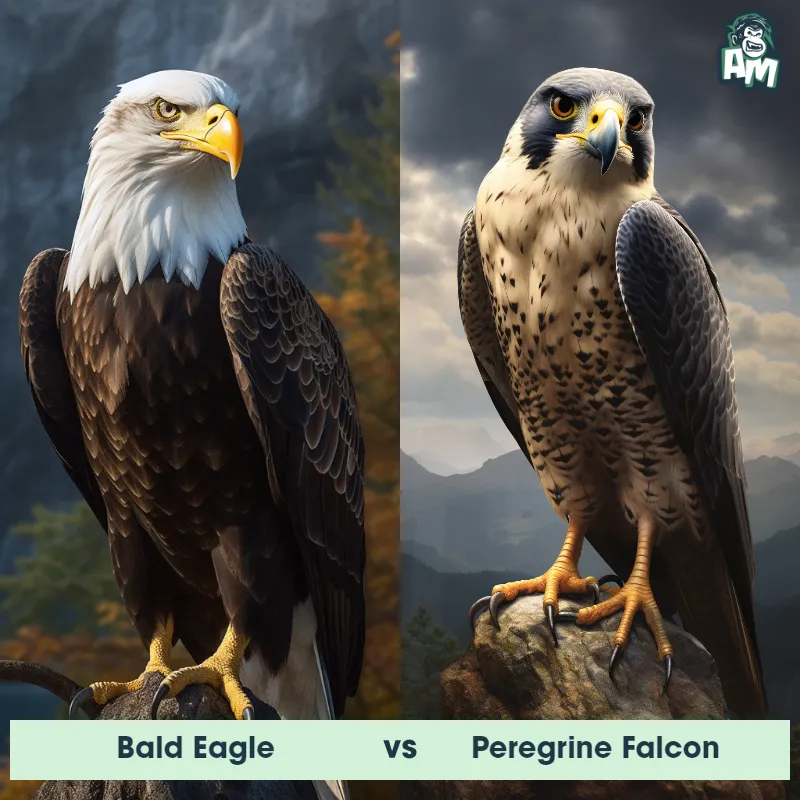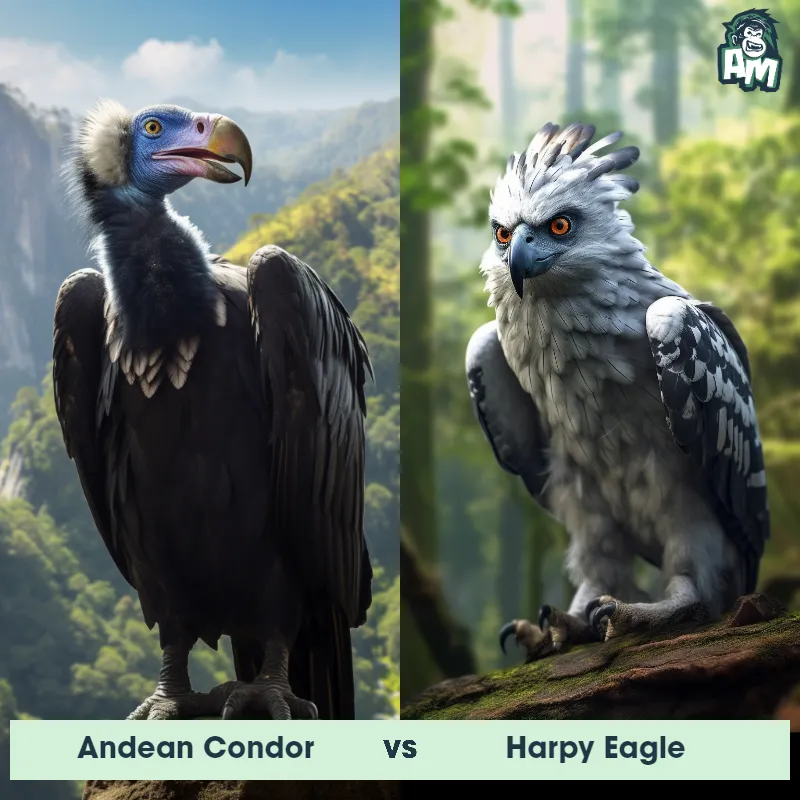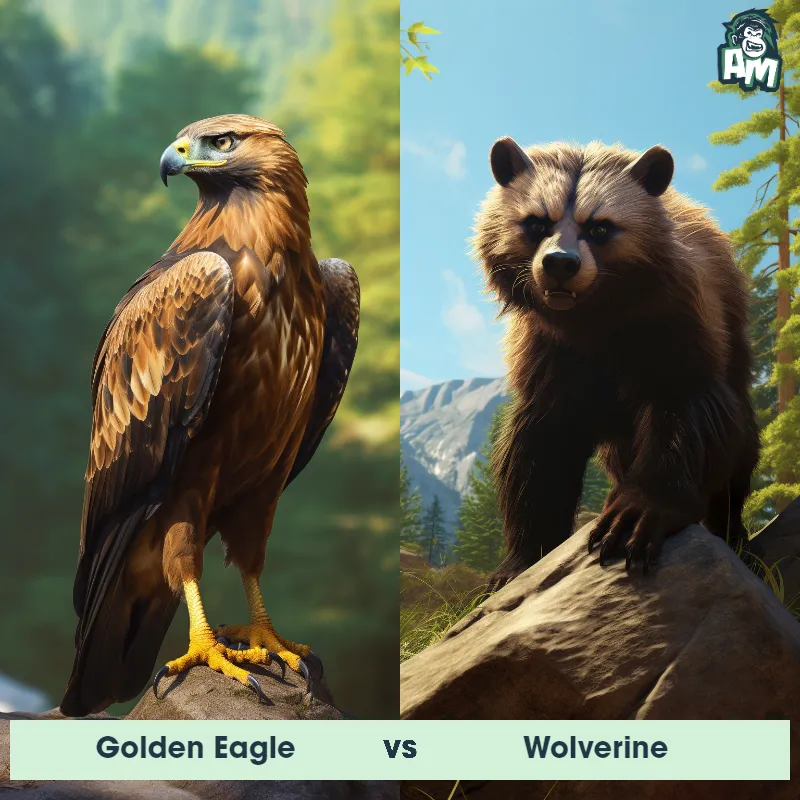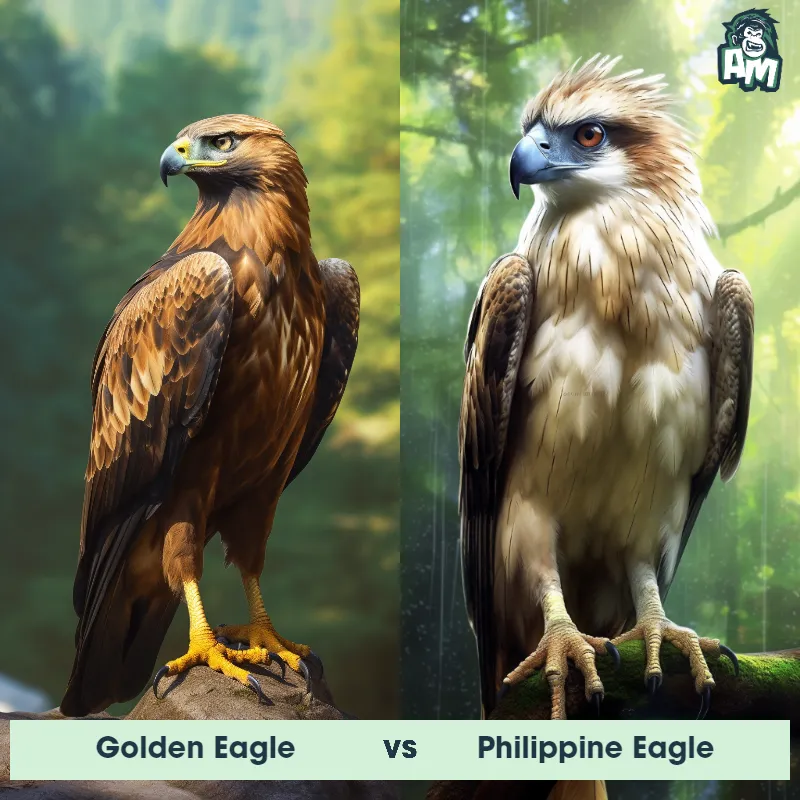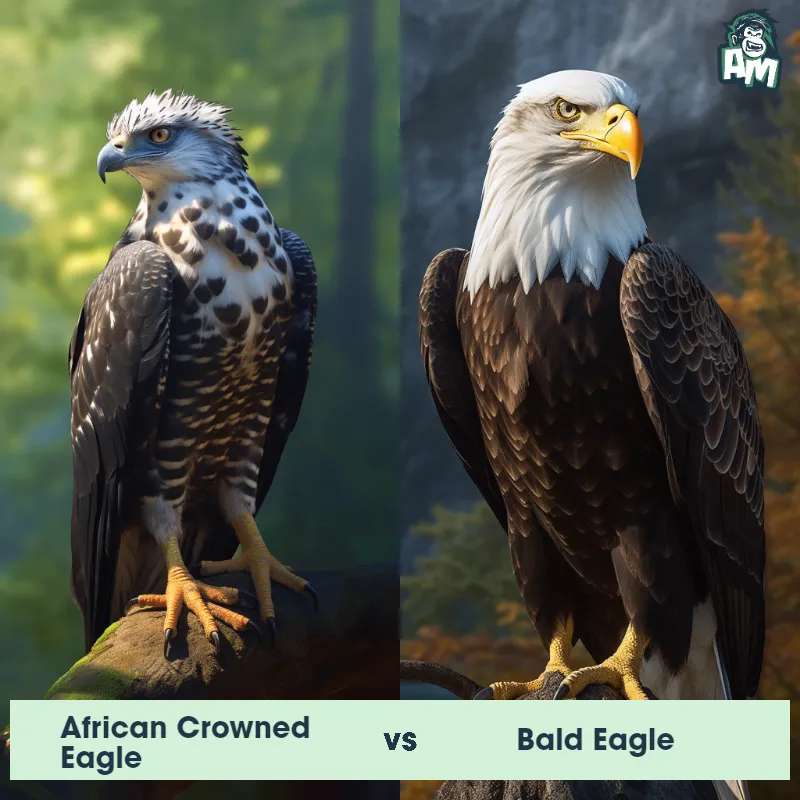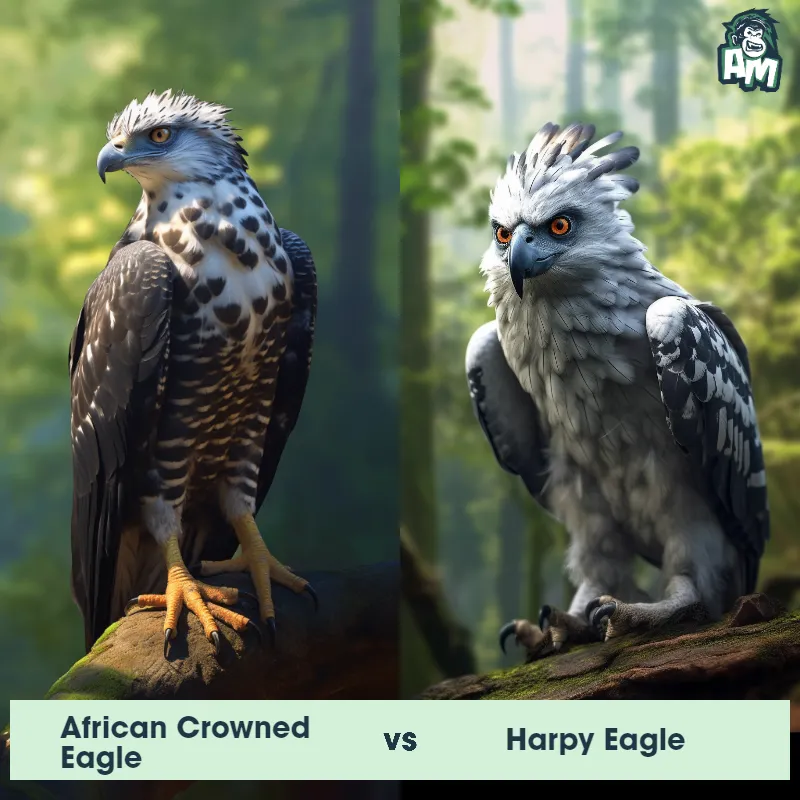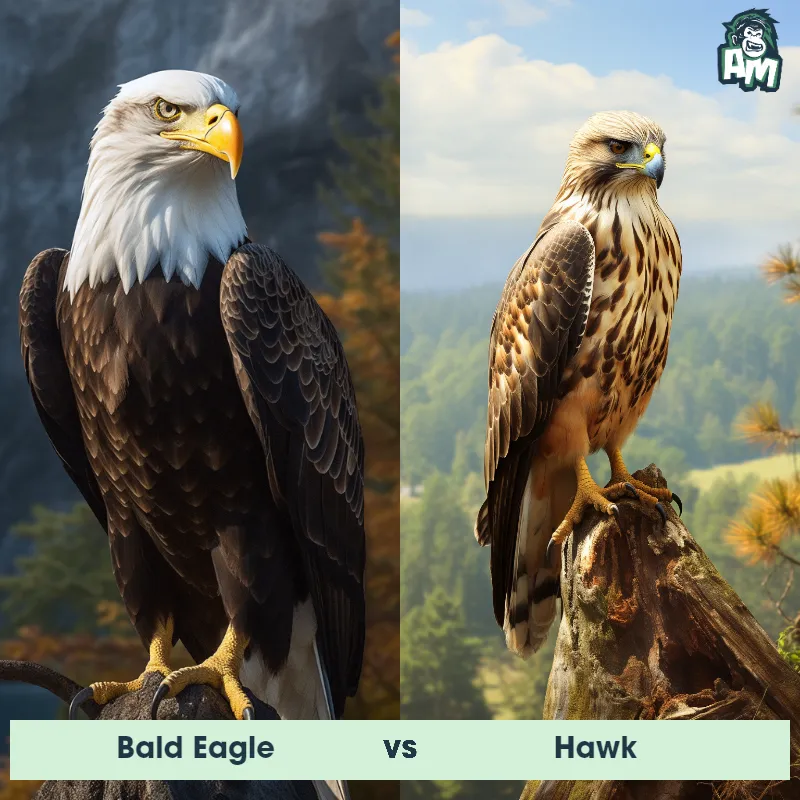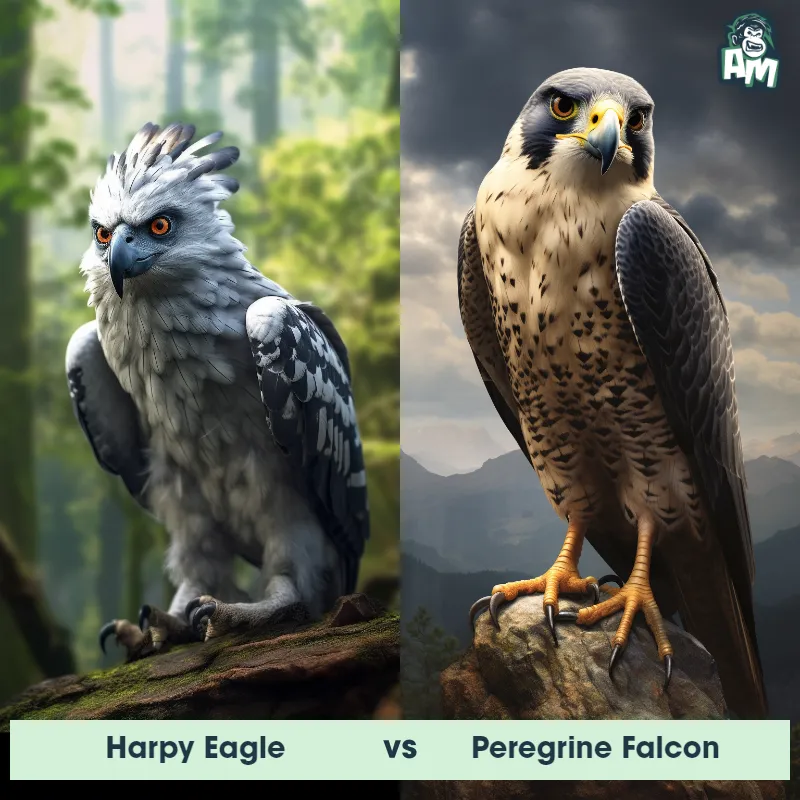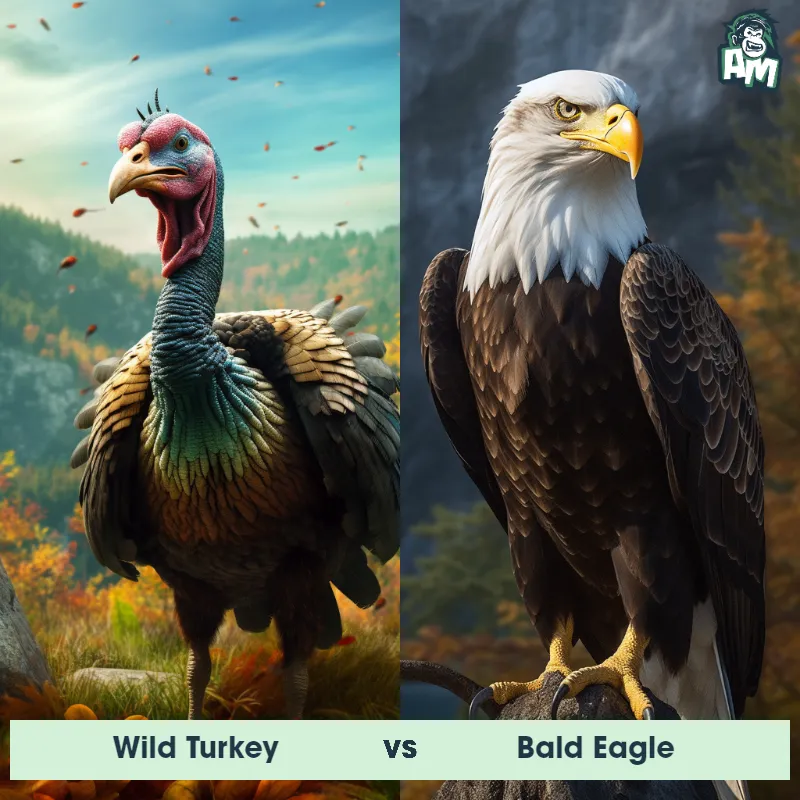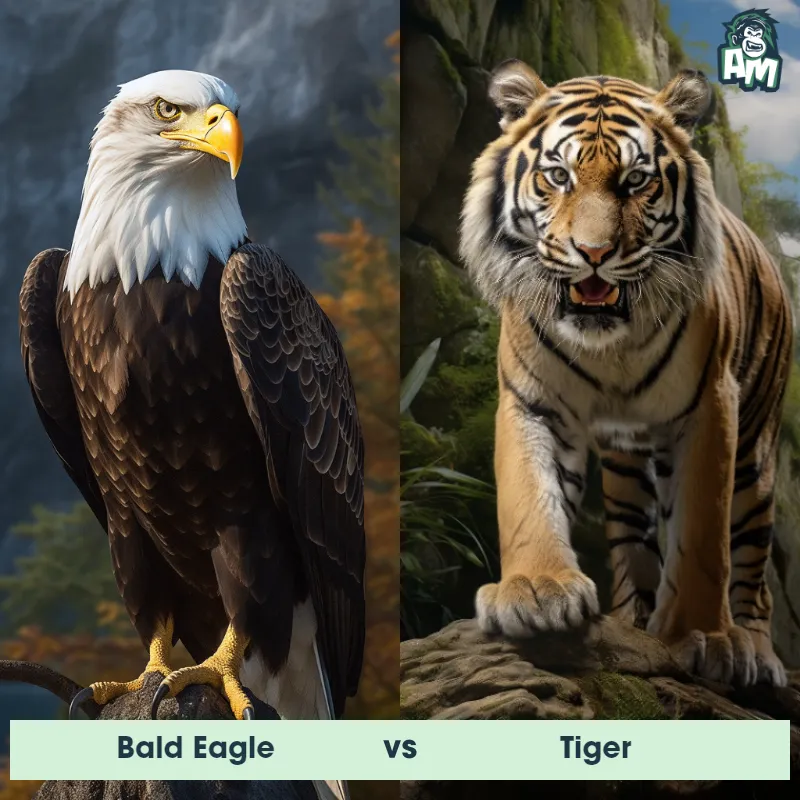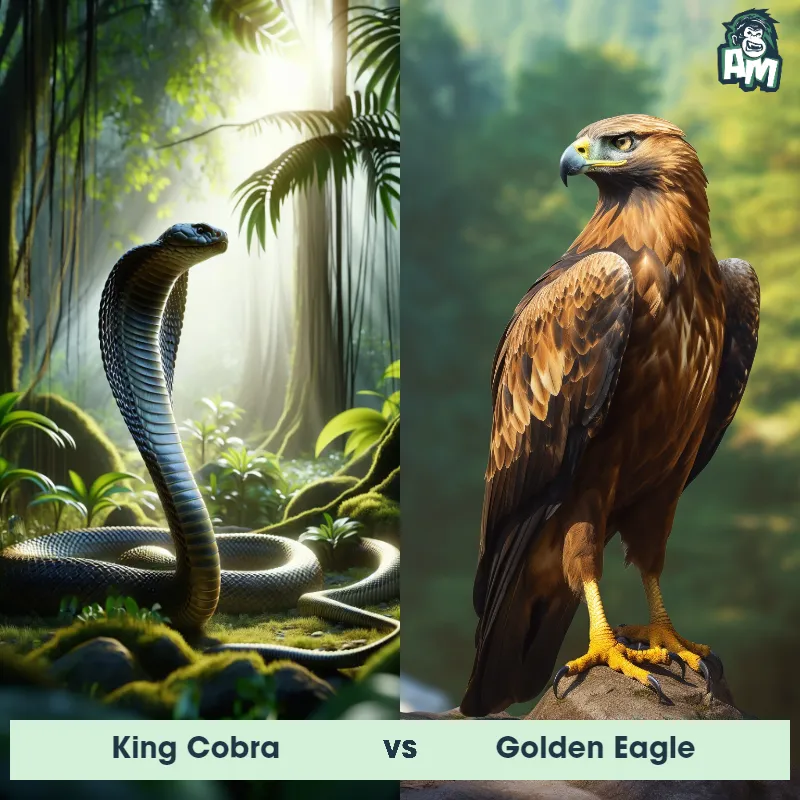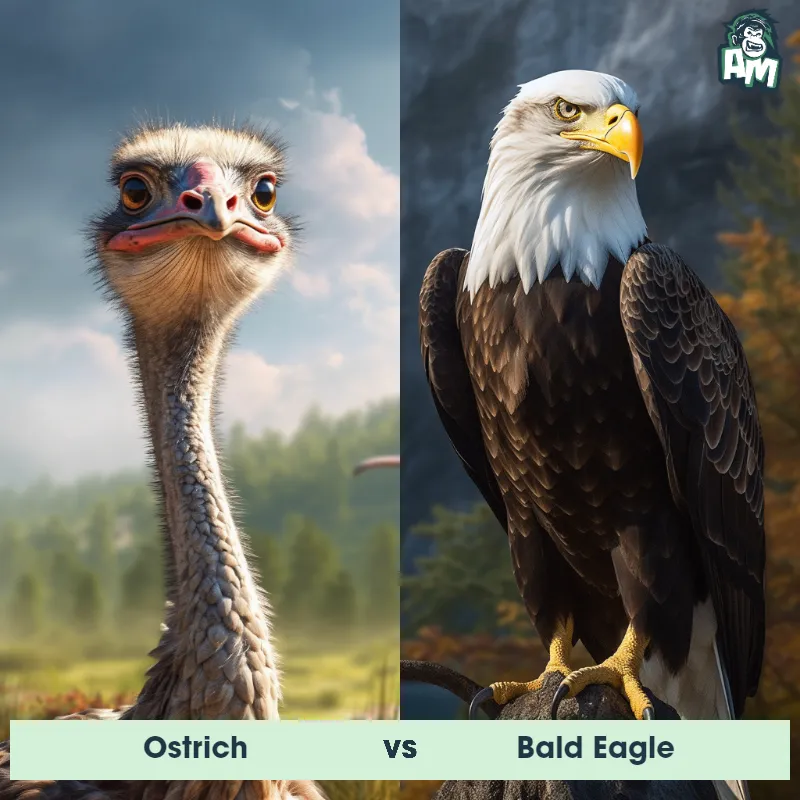Lappet-Faced Vulture vs King VultureSee Who Wins

Ladies and gentlemen, welcome to this exciting matchup between the Lappet-Faced Vulture and the King Vulture! We're about to witness an incredible aerial display between these two formidable birds. Hold onto your seats, folks, as we dive right into the action!
Contender 1: Lappet-Faced Vulture
The Lappet-Faced Vulture, also known as the Nubian Vulture, is a large bird of prey found in Africa. It has a wingspan of up to 2.9 meters and can weigh up to 9 kilograms. Its most distinctive feature is the fleshy lappets on its neck, which help to regulate its body temperature. The Lappet-Faced Vulture is a scavenger and feeds on carrion, often competing with other vultures for food.
Fun Fact: The Lappet-Faced Vulture has a powerful beak that can tear through tough animal hides and tendons, making it an important scavenger in the African ecosystem.
Contender 2: King Vulture
The King Vulture, also known as Sarcoramphus papa, is a large bird of prey found in Central and South America. It has a distinctive appearance with a bald, brightly colored head and neck, and a white and black body. Its wingspan can reach up to 6 feet, and it can weigh up to 8 pounds. The King Vulture is known for its scavenging habits and can often be found feeding on carrion.
Fun Fact: The King Vulture has a unique way of cooling off on hot days - it defecates on its own legs, which helps to lower its body temperature!
Matchup Stats
| Lappet-Faced Vulture | King Vulture | |
|---|---|---|
| Size | Up to 1.2 meters (4 feet) in length | Up to 2.5 feet (76 cm) tall and 6 feet (1.8 m) wingspan |
| Weight | Up to 9 kilograms (20 pounds) | Up to 8 pounds (3.6 kg) |
| Speed | Speed: 50 mph (80.5 km/hr) | Speed: 10 mph (16 km/hr) |
| Key Strength | Powerful beak for tearing through tough animal hides and tendons | Sharp talons |
| Biggest Weakness | None specified | Docile nature |
Current Votes
Lappet-Faced Vulture vs King Vulture
See Who Wins
View More Matches
Looking For More?
Similar Matches
Scientific Stats
| Lappet-Faced Vulture | King Vulture | |
|---|---|---|
| Scientific Name | Torgos tracheliotos | Sarcoramphus papa |
| Family | Accipitridae | Cathartidae |
| Habitat | Savannas and arid regions | Forests and open areas |
| Geography | Africa | Central and South America |
| Diet | Carrion | Scavenger, feeds on carrion |
| Lifespan | 40 years - 45 years | 20 years - 30 years |
Key Differences between Lappet-Faced Vulture and King Vulture
- Bill shape: Lappet-Faced Vultures have a large, hooked bill, while King Vultures have a smaller, more curved bill.
- Habitat: Lappet-Faced Vultures are found in savannas and deserts in Africa, while King Vultures are found in tropical forests in Central and South America.
- Head shape: Lappet-Faced Vultures have a bald head with a fleshy lappet (fold of skin) on either side of their beak, while King Vultures have a feathered head with a small, brightly colored crest.
- Coloration: Lappet-Faced Vultures have black feathers with a white neck ruff and a pink head and neck, while King Vultures have a colorful head and neck with a mix of orange, yellow, blue, and purple feathers.
- Size: Lappet-Faced Vultures are larger than King Vultures.



